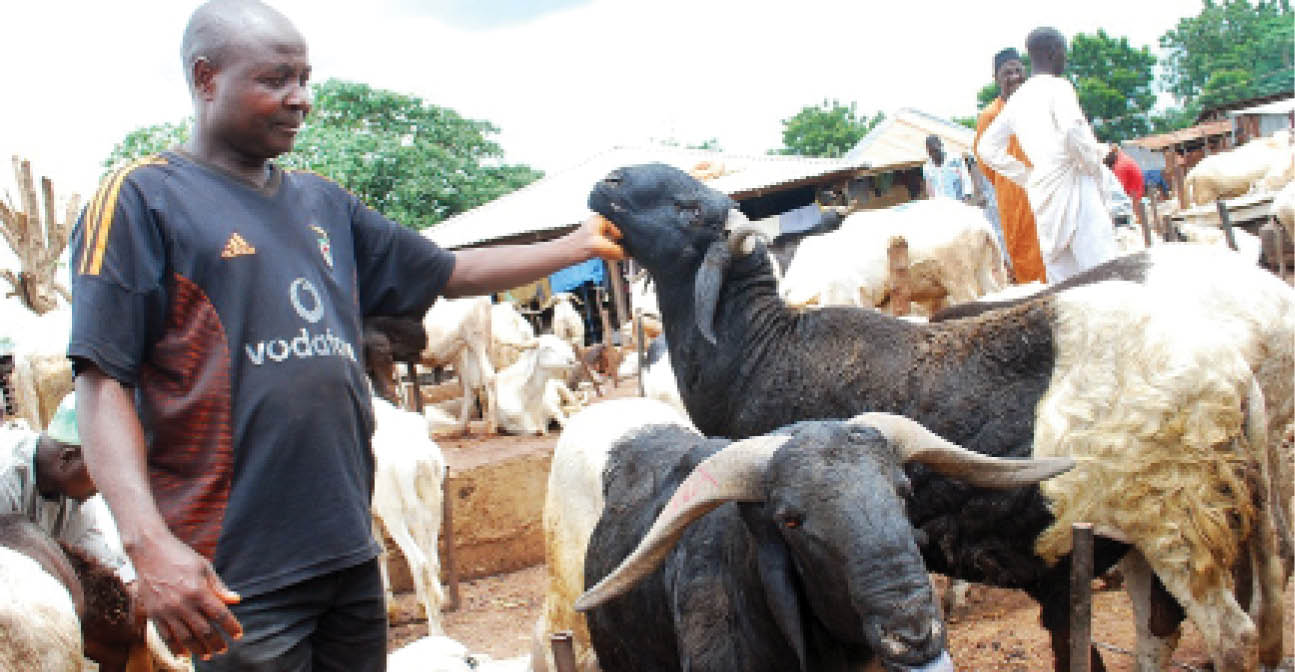How sheep farmers can improve flock performance
Details of changes farmers can make to their sheep enterprises to improve their flock performance was the focus of a conference held in Co. Roscommon. A range of speakers were gathered at the Teagasc national lowland sheep conference that was held at the Athlone Springs Hotel in Athlone, where poor weather conditions certainly impacted the […]

Sheep and ram market
Details of changes farmers can make to their sheep enterprises to improve their flock performance was the focus of a conference held in Co. Roscommon.
A range of speakers were gathered at the Teagasc national lowland sheep conference that was held at the Athlone Springs Hotel in Athlone, where poor weather conditions certainly impacted the attendance of the event.
Prof. O’Mara said that the sheep sector is “a very important sector of Irish agriculture” and referred to the value of Irish sheepmeat exports from the country were recently shown to be €440m in 2023, which he called a “huge amount of money” which he said goes to “virtually every parish in rural Ireland.”
Prof. O’Mara said: “The overall objective of what we try to do in our sheep program… is to increase the productivity, the sustainability, and the competitiveness of our sheep production systems.”
- ‘Establish spinoff companies’, FG tells agric research institutes
- 12yrs after, FG to establish national transport databank
What farmers can control
Dr. Tim Keady of Teagasc delivered a presentation at the national sheep conference on the management and the consequences of nutrition during ewe pregnancy.
He said that “pregnancy nutrition is the foundation influencing profitability of grass-based systems of prime-lamb production.”
This is due, Keady said, to the impact it has on lamb mortality, the lamb birth weight, ewe colostrum production, and the body condition score (BCS) of the ewe at lambing.
With 60 percent of lamb mortality occurring within 24 hours of birth, Keady said it is important that each lamb in a litter requires 50ml of colostrum per kg liveweight in the first six hours of birth.
The BCS of the ewe during lambing will subsequently have an effect on the colostrum produced, as “if she is in poor condition, she will prioritise herself at the expense of her own lambs.”
Addressing lamb mortality, Keady said “a dead lamb is worth nothing,” and added that “light lambs have a higher mortality.”
Therefore, with 70 percent of foetal growth occurring in the final six weeks of pregnancy, ensuring the correct feeding of the ewe is essential at this time.
Teagasc research showed that when compared to ewes on poorer quality silage, the ewes on better quality silage had a higher BCS (4 compared to 3), a higher lamb birth weight of 0.5kg, and at weaning, they were 1.9kg heavier.
Keady said that their data shows that “the optimal birth weight for singles is 6kg, 5.6kg for a twin, and 4.7kg for triplets.”
According to Keady, “pregnancy nutrition is the foundation to flock profitability” and that developing a nutrition plan is an essential part of this foundation.
The key aspects of a nutrient plan, Keady said, are knowing the expected lambing date, the expected litter size after scanning, and having detailed results from an analysis of your silage.
SOURCE: Agriland
